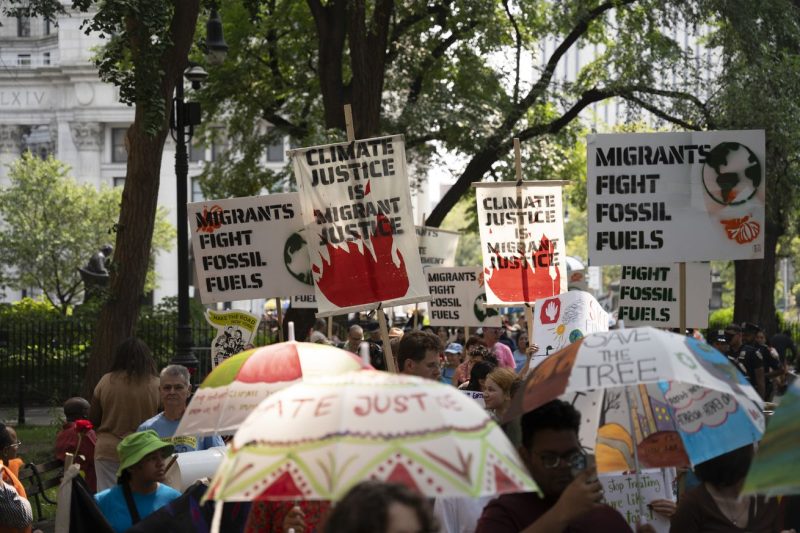Undoubtedly, the complexities of the United States’ immigration policy have never been more evident or disputed than they are today. Immigration remains a vital issue, shaped by a myriad of factors including political, economic, and social considerations. However, amidst the debates and discourses surrounding immigration, there exists a critical blind spot, one that is often overlooked or inadequately addressed – climate change.
Climate change is no longer a distant threat looming on the horizon; it is a current reality reshaping the world we live in. Rising sea levels, extreme weather events, and environmental degradation are driving people from their homes and pushing them towards migration as a means of survival. The intersection of climate change and immigration presents a unique challenge that demands urgent attention and decisive action.
One of the fundamental issues arising from this convergence is the classification of climate refugees. Unlike refugees fleeing violence or persecution, climate refugees do not fit neatly within the existing legal frameworks governing immigration. The lack of formal recognition for climate refugees leaves them in a vulnerable position, without access to protection or assistance afforded to traditional refugees. The failure to address the plight of climate refugees not only exposes them to further risks but also underscores a glaring inadequacy in the current immigration policy.
Moreover, the impacts of climate change are not confined within borders; they are global in nature. As such, the United States, as one of the world’s largest emitters of greenhouse gases, bears a significant responsibility in addressing the root causes of climate-induced migration. Failure to mitigate climate change not only exacerbates the displacement of people but also perpetuates a vicious cycle of environmental degradation and human suffering.
In light of these challenges, there is an urgent need to rethink and reform the United States’ immigration policy to account for the realities of climate change. This necessitates a holistic approach that acknowledges the interconnectedness of environmental, social, and economic factors driving migration. Creating pathways for climate refugees, enhancing international cooperation on climate action, and prioritizing environmental justice are essential steps towards building a more inclusive and sustainable immigration policy.
In conclusion, the blind spot in the United States’ immigration policy regarding climate change is a pressing issue that cannot be ignored any longer. Recognizing and addressing the intersecting challenges of climate-induced migration is crucial in shaping a more humane, equitable, and resilient immigration system. By bridging this gap, we can strive towards a future where the impacts of climate change are mitigated, and the rights and dignity of all migrants, including climate refugees, are upheld and protected.
Ultimately, the time for action is now. Only by confronting this blind spot and embracing a comprehensive approach to immigration policy can we truly address the complexities and nuances of the modern world, where climate change and migration are inextricably linked.

























